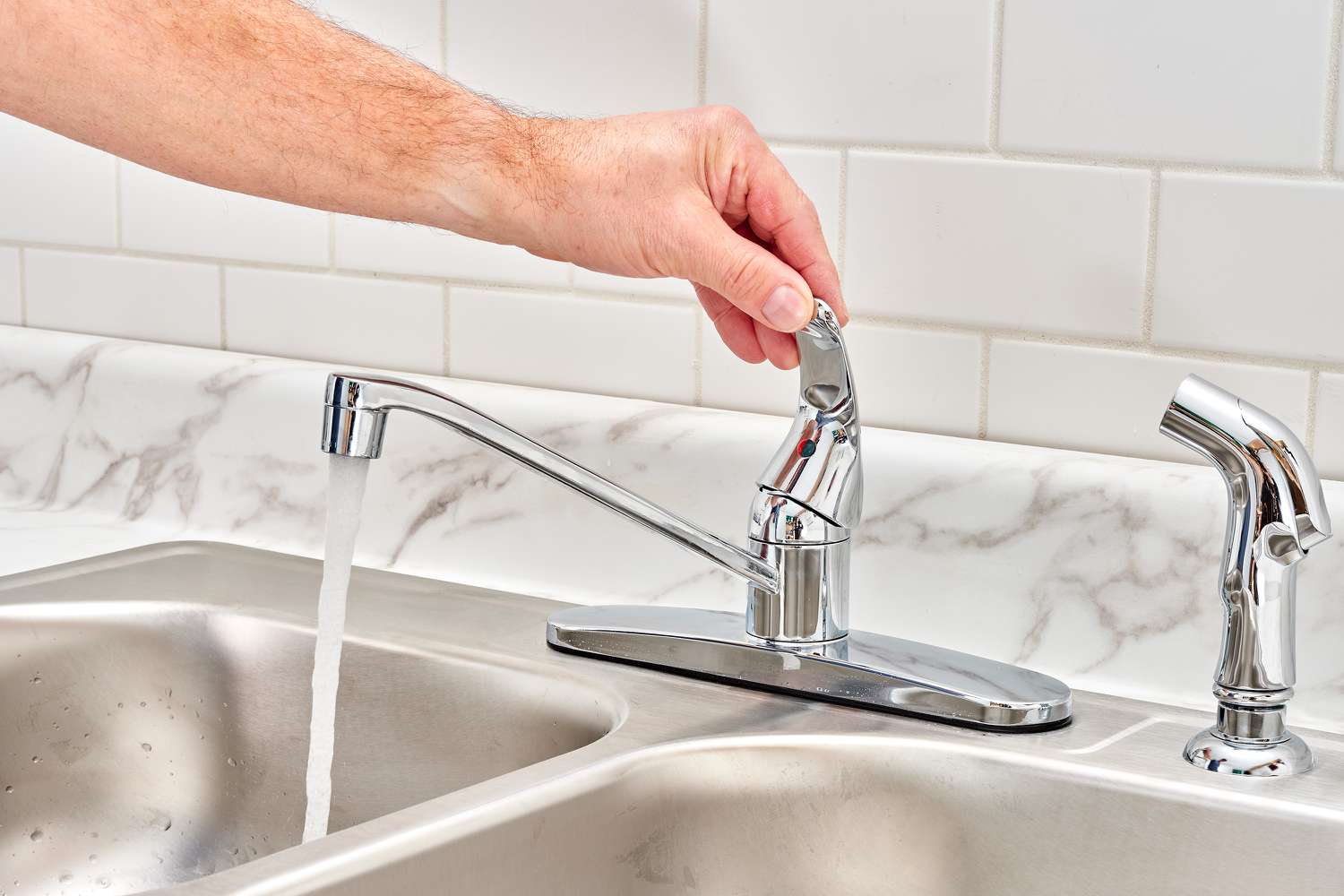

Articles
What Is Faucet
Modified: October 20, 2024
Learn everything you need to know about faucets with informative and insightful articles. Enhance your knowledge and make informed decisions.
(Many of the links in this article redirect to a specific reviewed product. Your purchase of these products through affiliate links helps to generate commission for Storables.com, at no extra cost. Learn more)
Introduction
Welcome to the world of faucets – those seemingly simple fixtures in our homes that provide us with water for a variety of tasks. While they may often be overlooked, faucets play a crucial role in our daily lives, making it possible for us to easily access clean water for cooking, cleaning, and bathing.
In this article, we’ll take a closer look at what exactly a faucet is, how it works, the different types available, as well as their pros and cons. We’ll also highlight some common issues that may arise with faucets and provide maintenance and troubleshooting tips. Additionally, we will explore ways to conserve water effectively with the use of faucets.
So, let’s dive in and explore the fascinating world of faucets, and discover the essential knowledge you need to make the most out of these handy fixtures in your home!
Key Takeaways:
- Faucets are not just functional fixtures, but also offer convenience, temperature control, and a variety of styles. Regular maintenance and troubleshooting can help address common issues and prolong their lifespan.
- Water conservation with faucets is achievable through water-efficient models, prompt leak repairs, aerator screens, and responsible usage. Small changes in faucet usage can make a significant impact on water conservation.
Read more: What Is A Widespread Faucet
Definition of a Faucet
A faucet, also known as a tap, is a plumbing fixture that controls the flow of water from a pipe. It consists of a handle or knob that can be turned or twisted to open or close the valve within the faucet, regulating the flow of water. Faucets are typically mounted on sinks, bathtubs, and showers, allowing users to conveniently access water for various purposes.
Modern faucets are designed to deliver both hot and cold water, often featuring two separate handles – one for controlling hot water and the other for cold water. Some faucets also come with a single handle that allows users to easily adjust the temperature by moving the handle from left to right.
Faucets are available in a variety of styles and finishes, ranging from traditional to contemporary, to suit different design aesthetics. They can be made from various materials, including chrome, stainless steel, brass, and bronze, which not only contribute to the overall appearance but also determine the durability and longevity of the faucet.
In addition to controlling the flow of water, many faucets also have additional features. For instance, some faucets may include a sprayer or a pull-out spout for more convenient washing or rinsing. Others may have a built-in water filtration system to provide clean drinking water directly from the faucet.
Overall, faucets are an essential component of any modern plumbing system, allowing us to access water with ease and control its flow and temperature as needed.
How Faucets Work
At first glance, a faucet may appear to be a simple device, but its inner workings are actually quite fascinating. Understanding how faucets work can help us appreciate the engineering behind their functionality.
Most faucets follow a similar basic principle of operation. When the handle or knob is turned, it lifts a small valve inside the faucet body. This valve, known as the stem or cartridge, controls the flow of water by either allowing it to pass through or blocking it.
In a typical compression faucet, the stem has a rubber washer attached to the end. When the handle is turned, the stem is raised, which pulls the washer away from the seat, allowing water to flow. When the handle is turned off, the stem is lowered, pressing the washer against the seat and stopping the water flow.
On the other hand, cartridge faucets use a cartridge rather than a washer. The cartridge contains small openings and seals that control the flow and mixture of hot and cold water. When the handle is turned, the cartridge rotates or moves back and forth to adjust the flow and temperature of the water.
Another common type of faucet is the ball faucet, which features a spherical ball inside the faucet body. This ball has chambers and small openings that align with hot and cold water inlets. When the handle is turned, the ball rotates to position the openings, allowing water to flow at the desired temperature.
In addition to these traditional types, newer faucets may employ ceramic disc valves or sensor technology for touchless operation. Ceramic disc valves use two ceramic discs to control the water flow and temperature, offering increased durability and precision. Sensor faucets, on the other hand, utilize infrared sensors to detect motion and activate the flow of water. These touchless faucets are hygienic and convenient, particularly in public restrooms.
Regardless of the specific mechanism, all faucets work through the manipulation of internal components to control the flow and temperature of water. The engineering and design behind faucets have evolved over time, resulting in improved efficiency, reliability, and ease of use.
Types of Faucets
When it comes to faucets, there is a wide range of types and styles available to suit different needs and preferences. Let’s explore some of the common types of faucets:
- Compression Faucets: These are the traditional faucets that feature separate hot and cold water handles. They operate with a stem that moves up and down to control water flow. Compression faucets are reliable but tend to require more maintenance as the rubber washers attached to the stem may wear out over time and cause leaks.
- Cartridge Faucets: These faucets use a cartridge instead of a stem and washer. The cartridge contains moving parts and seals that regulate water flow and temperature. Cartridge faucets tend to be more durable and require less maintenance compared to compression faucets.
- Ball Faucets: Ball faucets are identifiable by the single handle that controls both the flow and temperature of water. They use a ball-shaped disc inside the faucet body with chambers and openings to mix hot and cold water. Ball faucets are known for their durability but can be prone to leaks over time.
- Disc Faucets: Disc faucets utilize two ceramic discs that move against each other to control water flow and temperature. They are highly durable and provide precise control over water flow. Disc faucets are less likely to leak and require minimal maintenance.
- Sensor Faucets: Also known as touchless faucets, these modern faucets feature infrared sensors that detect motion and activate the water flow. They are commonly used in public restrooms for their hygiene and water-saving capabilities. Sensor faucets are convenient and eliminate the need to touch the faucet handles.
In addition to these types, there are also various variations and combinations available, such as pull-out faucets, wall-mounted faucets, and bridge faucets. Pull-out faucets have a retractable spray head for added convenience, while wall-mounted faucets are installed on the wall rather than the sink or countertop. Bridge faucets have a two-handle design with a bridge connecting the hot and cold handles.
When choosing a faucet, consider factors such as aesthetics, functionality, ease of use, and maintenance requirements. Each type of faucet has its own advantages and considerations, so it’s important to select one that fits your specific needs and complements the overall design of your space.
Pros and Cons of Using a Faucet
Faucets are an integral part of our daily lives, providing us with easy access to water for various tasks. Let’s take a closer look at the pros and cons of using a faucet:
Read more: What Is The Best Bathroom Faucet Brand
Pros:
- Convenience: Faucets offer convenient access to water in our homes, making it effortless to wash hands, fill up containers, clean dishes, and perform other daily tasks that require water.
- Control over Water Flow: With a faucet, you have the ability to control the flow of water according to your needs. Whether it’s a gentle stream for watering plants or a strong flow for rinsing, faucets give you the flexibility to adjust the water flow as desired.
- Temperature Control: Faucets allow you to adjust the water temperature as needed, ensuring a comfortable and customized experience. This is particularly beneficial for tasks that require specific water temperatures, such as washing your face or doing the dishes.
- Variety of Styles: Faucets come in a wide range of styles, finishes, and designs, allowing you to choose one that matches your personal taste and complements the aesthetics of your space. Whether you prefer a traditional look or a modern, sleek design, there’s a faucet available for every preference.
- Multiple Functions: Many faucets offer additional features and functionalities to enhance usability. For example, pull-out or pull-down faucets come with a flexible spray nozzle, making it easier to rinse dishes or reach different areas of the sink. Some faucets also have built-in filtration systems to provide clean drinking water right from the tap.
Cons:
- Potential for Leaks: Over time, faucets may develop leaks due to wear and tear or improper installation. These leaks can waste water and lead to increased utility bills. Regular maintenance and prompt repairs are necessary to prevent and address leaks.
- Mineral Buildup: Depending on the water quality in your area, faucets may be prone to mineral buildup, particularly in hard water regions. This mineral buildup can affect the performance and appearance of the faucet, leading to reduced water flow or a dull, stained surface. Regular cleaning and descaling are essential to mitigate this issue.
- Installation and Maintenance: Installing or replacing a faucet may require some plumbing knowledge and tools. If you’re not familiar with plumbing work, it’s recommended to hire a professional to ensure proper installation. Additionally, faucets, especially those with complex mechanisms, may require periodic maintenance to keep them functioning optimally.
Despite these potential drawbacks, faucets are an essential part of our daily routines, providing us with easy access to water and enhancing the functionality and aesthetics of our homes. With proper maintenance and care, faucets can serve us well for many years to come.
Common Issues with Faucets
Faucets, like any other plumbing fixture, can experience occasional issues that may affect their performance or cause inconvenience. Being aware of these common issues can help you identify and address them promptly. Here are some of the most common issues you may encounter with faucets:
- Leaking: Leaks are a prevalent problem with faucets and can occur due to various factors, such as worn-out washers, damaged seals, or loose connections. Leaks not only waste water but can also lead to increased water bills. Promptly fixing leaks by replacing faulty parts or tightening connections can help prevent further damage.
- Low Water Pressure: If your faucet is producing a weak stream of water, it may indicate low water pressure. This can be caused by a clogged aerator, mineral buildup in the faucet, or issues with your plumbing system. Cleaning or replacing the aerator and addressing any plumbing issues can help restore adequate water pressure.
- Dripping: A dripping faucet can be irritating and wasteful. This is often caused by a worn-out washer, corroded valve seat, or faulty cartridge or disc. Replacing the necessary parts or getting a professional to repair the faucet can resolve the dripping issue.
- Stiff or Loose Handles: Over time, faucet handles may become stiff or loose, making it difficult to turn them on or off smoothly. This can be due to worn-out handle mechanisms or loose connections. Lubricating the handle mechanism or tightening loose connections can help restore proper handle functionality.
- Mineral Buildup: In areas with hard water, mineral deposits can accumulate inside the faucet, leading to reduced water flow or a clogged aerator. Regular cleaning or descaling using vinegar or a descaling solution can help remove mineral buildup and restore proper water flow.
- Noisy Operation: If your faucet produces unusual noises, such as squeaking, rattling, or banging, it may be a sign of loose parts, water hammer, or water pressure fluctuations. Tightening loose parts or installing water hammer arrestors can help alleviate these noises and ensure smooth operation.
- Inconsistent Water Temperature: In faucets with separate hot and cold handles, inconsistent water temperature can occur due to problems with the valves, cartridge, or plumbing system. Replacing faulty parts or addressing underlying plumbing issues can help maintain a consistent water temperature.
It’s important to note that some faucet issues may require the expertise of a professional plumber, especially if they involve complex repairs or significant plumbing system problems. Regular maintenance, prompt repairs, and addressing any underlying issues can help keep your faucets in good working condition and prolong their lifespan.
Maintenance and Troubleshooting Tips
Regular maintenance and troubleshooting can help keep your faucets in optimal condition and prevent common issues from arising. Here are some helpful tips to maintain and troubleshoot your faucets:
Read more: What Is A Deckplate For A Faucet
Maintenance Tips:
- Clean the Faucet: Regularly clean your faucet with a mild soap or vinegar solution to remove dirt, soap scum, and mineral deposits. Use a non-abrasive cloth or sponge to gently scrub the faucet, paying attention to hard-to-reach areas.
- Descale the Aerators: Clean or descale the aerators regularly to remove mineral deposits that can block the flow of water. Soak the aerator in a vinegar or descaling solution, then gently scrub away any buildup before reattaching it to the faucet.
- Check for Leaks: Routinely inspect your faucets for any signs of leaks, such as dripping or water puddles around the base. If you spot a leak, identify the source and replace any worn-out washers, seals, or faulty cartridges as necessary.
- Tighten Loose Connections: Periodically check the connections between the faucet, handles, and water supply lines. If you find any loose connections, use a wrench or pliers to gently tighten them. Be careful not to overtighten, as it can damage the fixture.
- Inspect and Maintain Seals: Inspect the seals around the base of the faucet and handles. If you notice any signs of wear or damage, replace the seals to prevent leaks and maintain a watertight seal.
Troubleshooting Tips:
- Low Water Pressure: If you’re experiencing low water pressure, remove and clean the aerator, as mineral deposits can restrict water flow. If the issue persists, check the water supply valves and ensure they are fully open. If necessary, contact a plumber to inspect your plumbing system.
- Handle Stiffness: If your faucet handles are stiff or difficult to operate, lubricate them with a silicone-based lubricant or a plumber’s grease. Apply the lubricant to the handle mechanism and move the handles back and forth to distribute it evenly.
- Inconsistent Water Temperature: If your faucet is not delivering the desired water temperature, check the hot water heater settings. If the output is still inconsistent, it may indicate a problem with the faucet valve or cartridge. Consider consulting a plumber for proper diagnosis and repair.
- Noisy Operation: If your faucet produces unusual noises, such as squeaking or banging, it may indicate loose parts or water pressure issues. Tighten any loose connections and consider installing water hammer arrestors to mitigate water hammer noises.
- Handle Leaks: If your faucet handle is leaking, it may indicate a worn-out o-ring or cartridge. Disassemble the handle and replace any faulty parts. If you’re unsure, consult the faucet manufacturer’s instructions or a professional plumber.
Remember, if you’re unsure about any maintenance or troubleshooting tasks, or if the issues persist despite your efforts, it’s always recommended to seek assistance from a professional plumber. They have the expertise and tools to handle complex repairs and ensure the proper functioning of your faucets.
A faucet is a device that controls the flow of liquid, typically water. It is used to regulate the flow and temperature of water in sinks, showers, and other plumbing fixtures. Regular maintenance of faucets can help prevent leaks and prolong their lifespan.
Ways to Conserve Water with Faucets
Conserving water is not only beneficial for the environment but also helps reduce your water bills. By adopting water-saving practices with your faucets, you can make a significant impact. Here are some effective ways to conserve water with faucets:
- Install Water-Efficient Faucets: Consider replacing your old faucets with water-efficient models that are designed to conserve water. Look for faucets labeled with the WaterSense® certification, which indicates that the faucet meets the water efficiency standards set by the Environmental Protection Agency (EPA).
- Fix Leaks Promptly: Even a small leak can waste a significant amount of water over time. Regularly check your faucets for leaks and promptly repair any dripping faucets or loose connections. This simple step can save gallons of water and prevent unnecessary water waste.
- Use Aerator Screens: Install aerator screens on your faucets. These small devices mix air with the water flow, reducing the amount of water used while maintaining a steady stream. Aerator screens are inexpensive and easy to install, making them an effective water-saving solution.
- Turn Off the Faucet When Not in Use: Develop the habit of turning off the faucet when you’re not actively using the water. For example, while brushing your teeth or lathering your hands, turn off the tap to avoid unnecessary water wastage. Only turn it back on when you need to rinse.
- Shorten Shower Time: Many faucets include a showerhead. To conserve water during showers, aim for shorter shower times. Consider using a shower timer or play your favorite song to keep track of time and encourage yourself to finish showering within a specific duration.
- Collect and Reuse Water: Place a basin or bucket under the faucet while waiting for the water to heat up. Use this collected water for tasks like watering plants, cleaning, or flushing toilets. Reusing this water eliminates wastage and maximizes its utility.
- Opt for Cold Water: When performing tasks that do not require hot water, such as washing hands or rinsing dishes, use cold water. This eliminates the need to wait for the water to heat up, reducing both water and energy consumption.
- Adjust Water Pressure: If the water pressure in your faucets is too high, it can lead to excessive water usage. Optimize your water pressure by adjusting the pressure regulator valve or installing a flow-restricting valve to reduce the water flow without compromising functionality.
By incorporating these water-saving practices into your daily routine, you can significantly reduce water consumption and contribute to the conservation of this precious resource. Small changes can make a big difference when it comes to water conservation, and using your faucets responsibly is an excellent place to start.
Conclusion
Faucets are more than just functional fixtures in our homes – they are essential tools that provide us with convenient access to water. Understanding the intricacies of faucets, their different types, and how they work can help us appreciate their role in our daily lives.
From the traditional compression faucets to the modern touchless sensor faucets, there is a wide variety of options available to suit different preferences and design aesthetics. Each type of faucet has its own advantages and considerations, so it’s important to choose one that aligns with your needs and enhances the overall look of your space.
Maintaining and troubleshooting faucets is crucial for their longevity and optimal performance. Regular cleaning, descaling, and repairing any leaks or issues promptly are essential tasks to ensure that your faucets continue to function properly.
Faucets also play a significant role in conserving water. By adopting water-saving practices such as installing water-efficient faucets, fixing leaks, and using aerator screens, we can minimize water wastage and contribute to a more sustainable future.
In conclusion, faucets are not just mere water delivery systems; they are functional, aesthetic, and eco-friendly fixtures that enhance our daily lives. Taking care of our faucets and using them responsibly can help us enjoy the benefits they provide while minimizing their impact on the environment.
So, let’s appreciate the craftsmanship and engineering behind these simple yet vital fixtures while embracing water conservation practices to make the most out of our faucets.
Frequently Asked Questions about What Is Faucet
Was this page helpful?
At Storables.com, we guarantee accurate and reliable information. Our content, validated by Expert Board Contributors, is crafted following stringent Editorial Policies. We're committed to providing you with well-researched, expert-backed insights for all your informational needs.
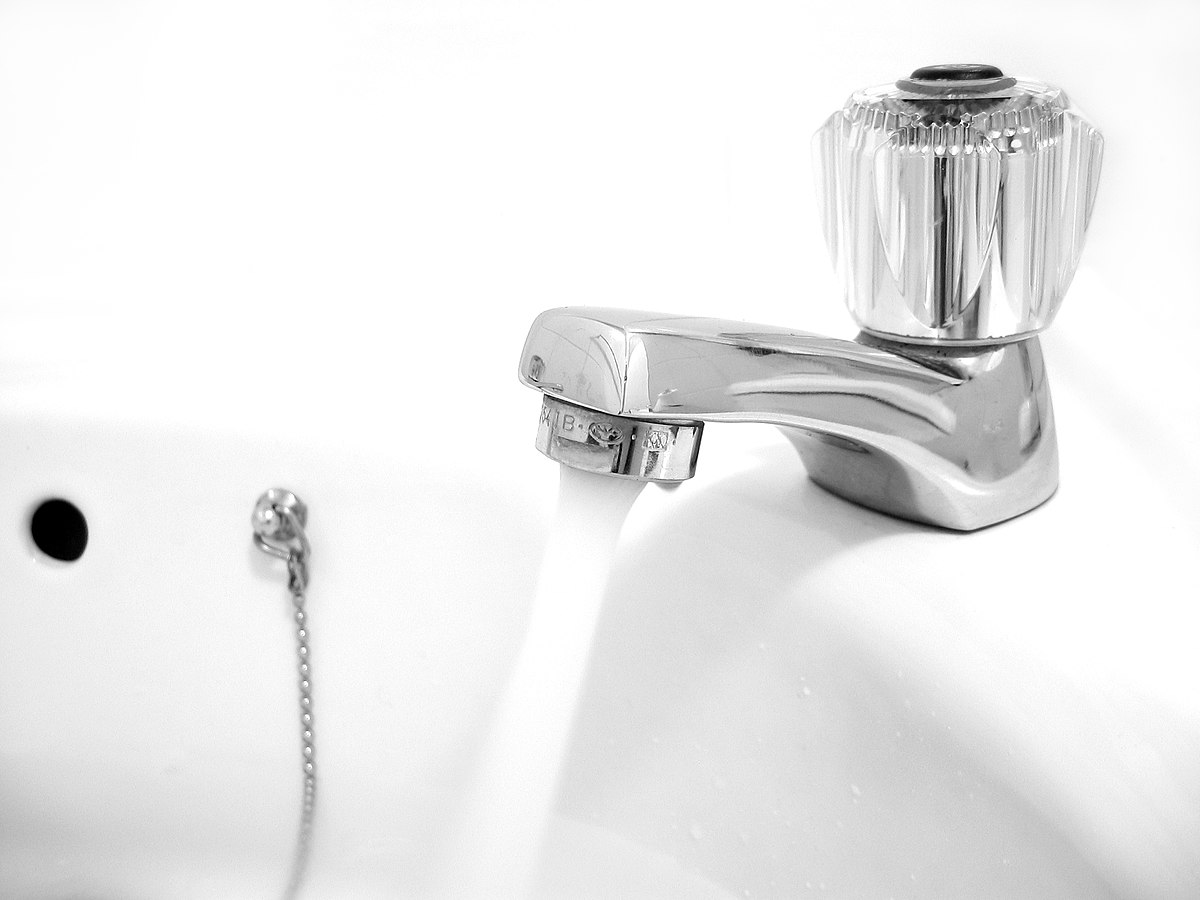
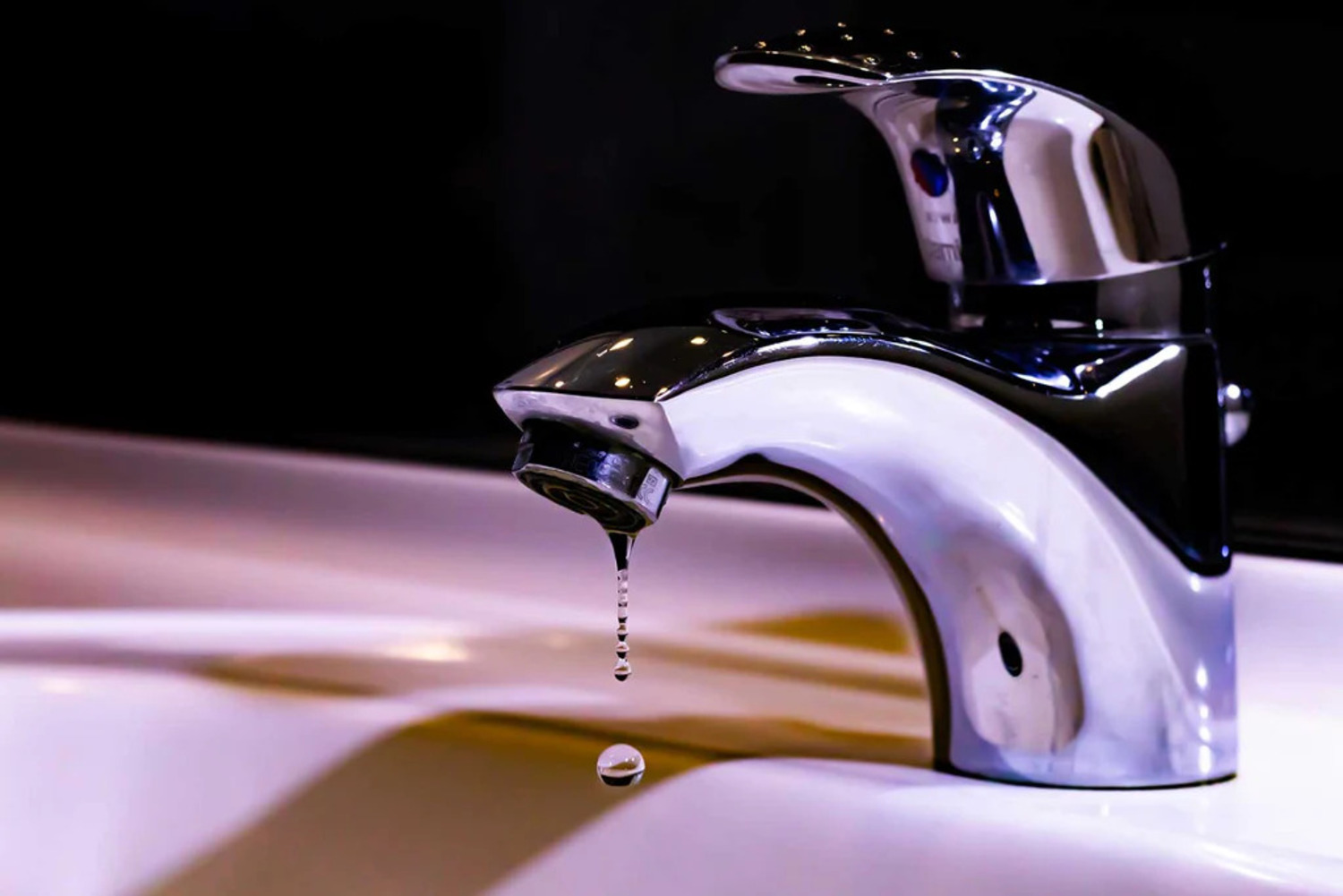
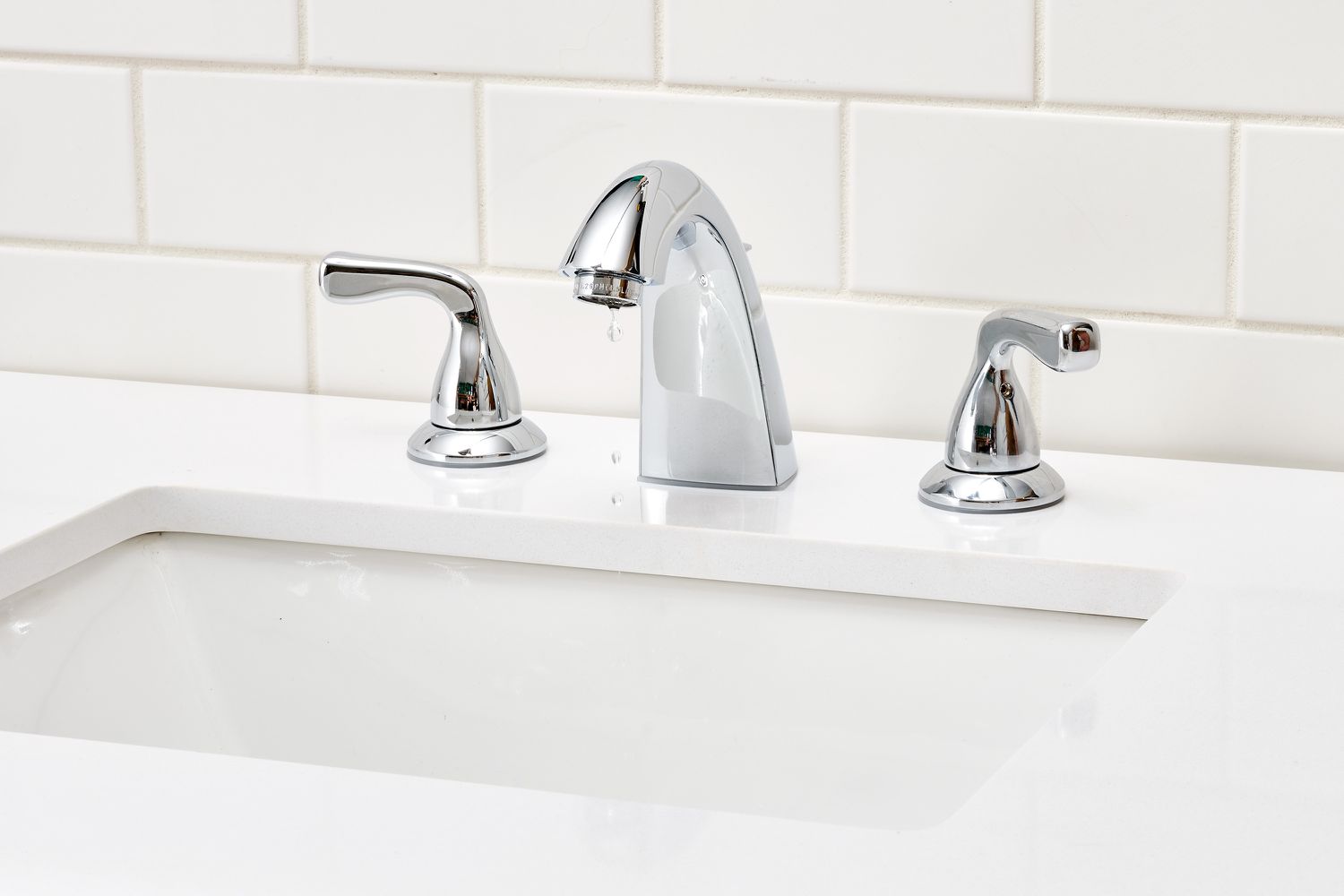
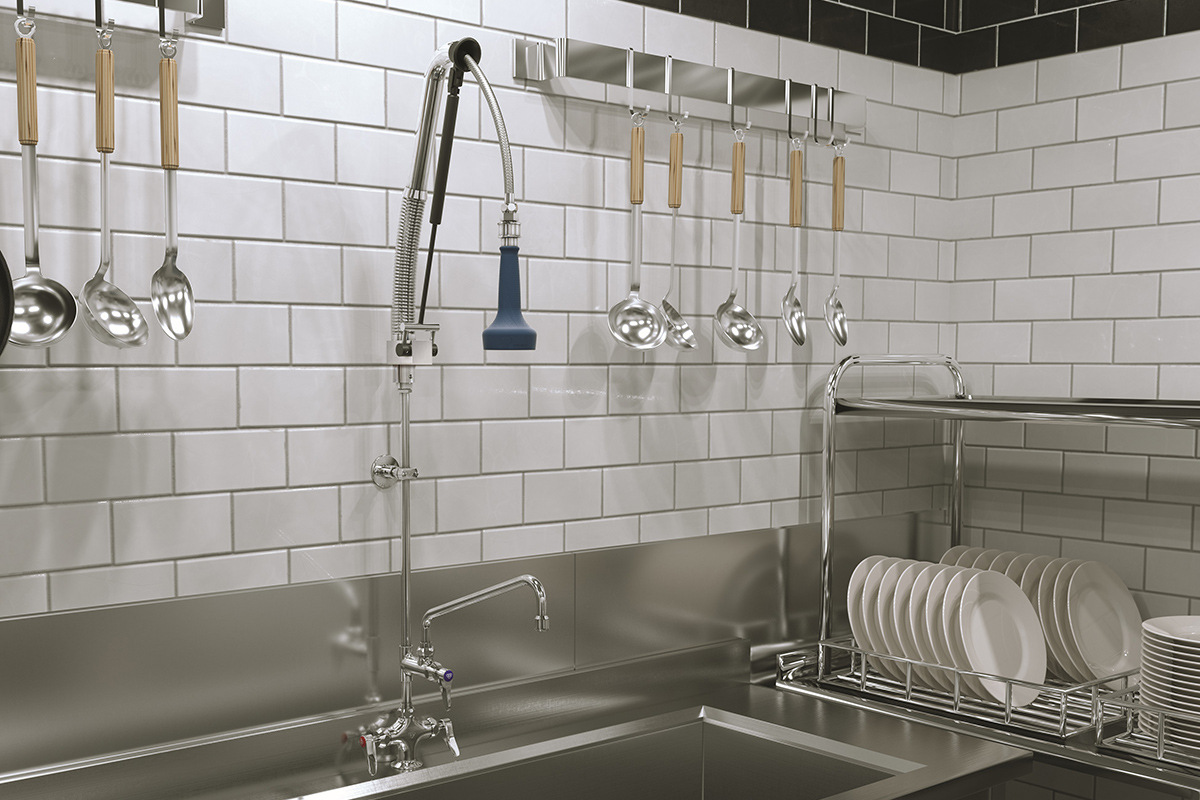
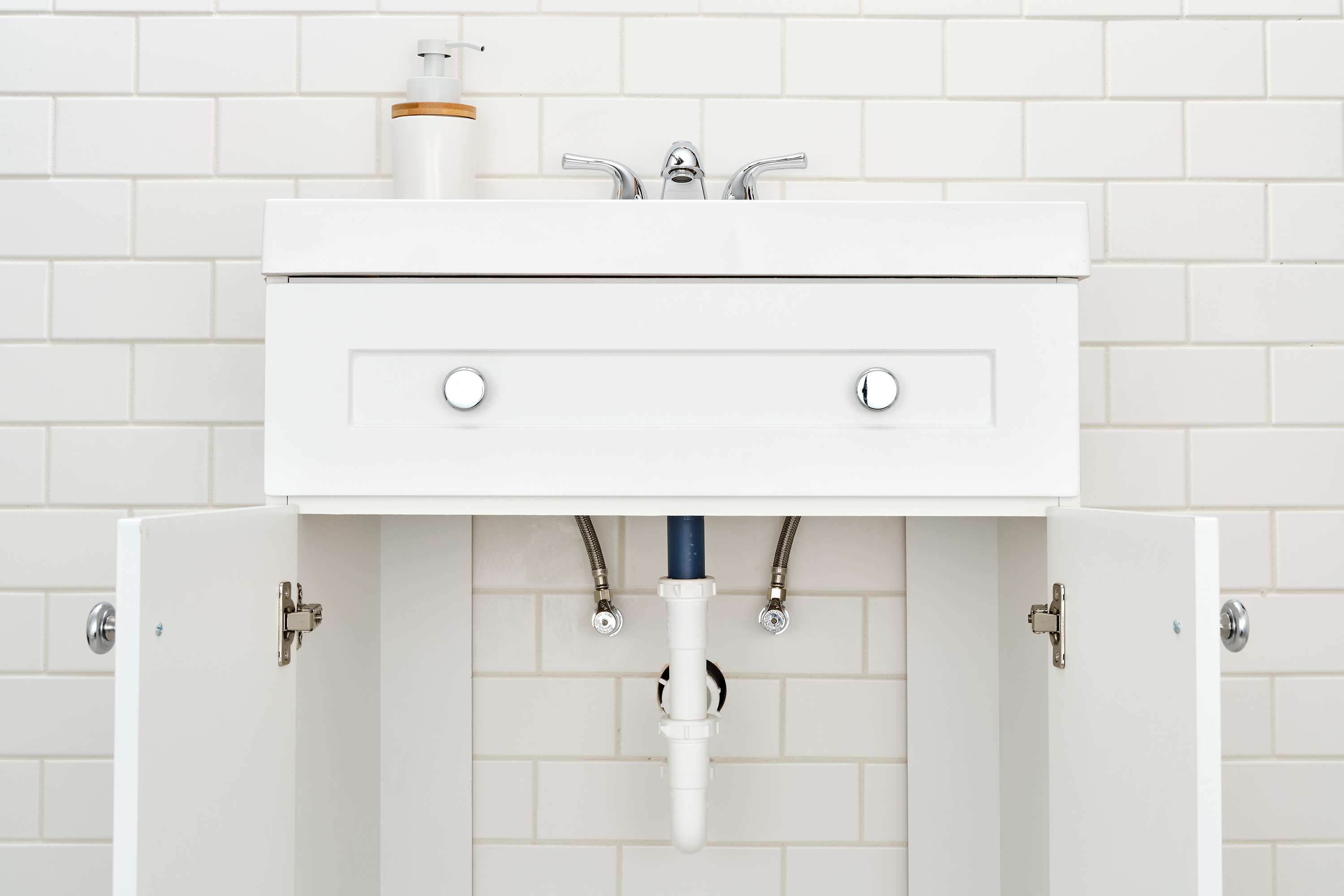
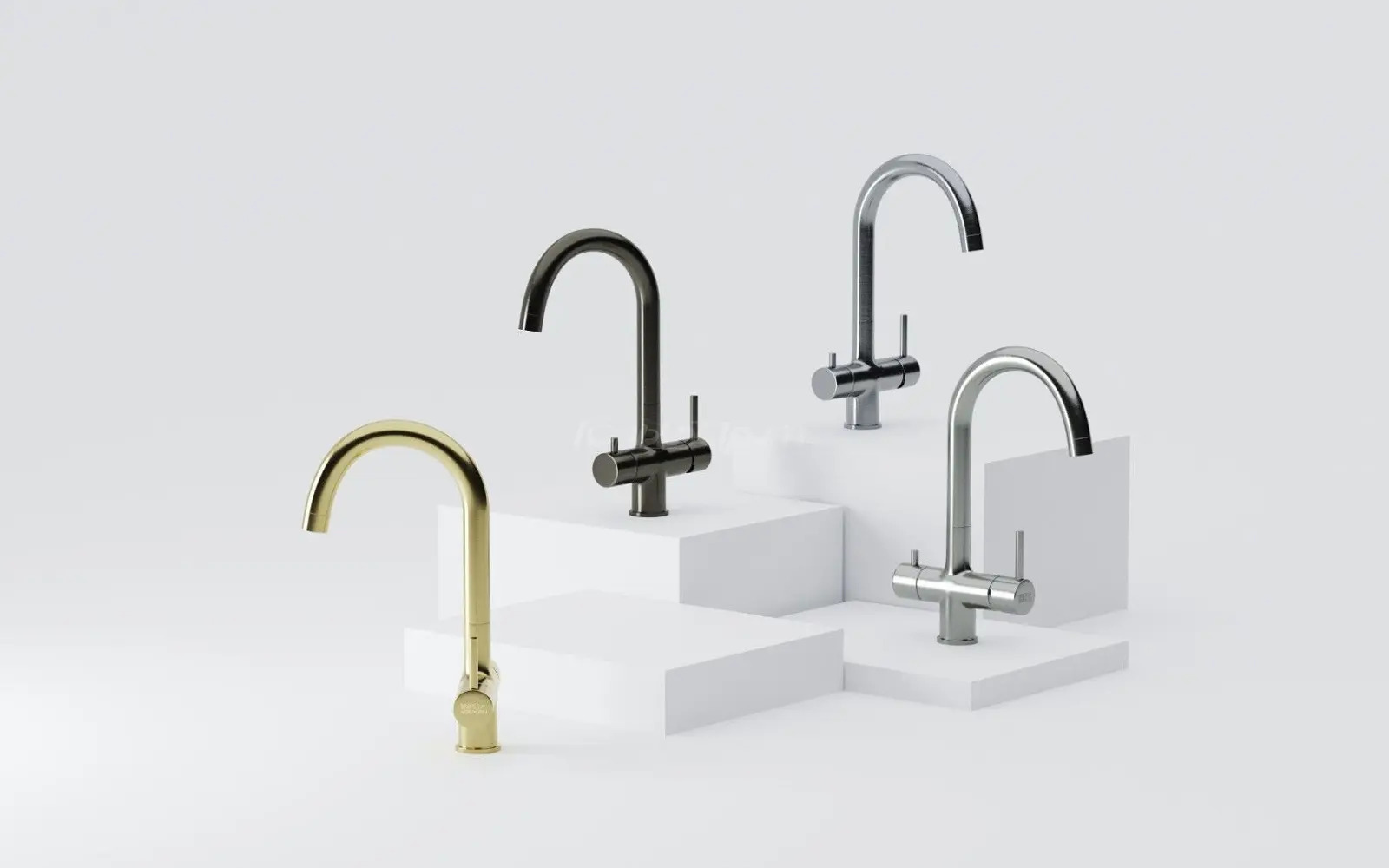
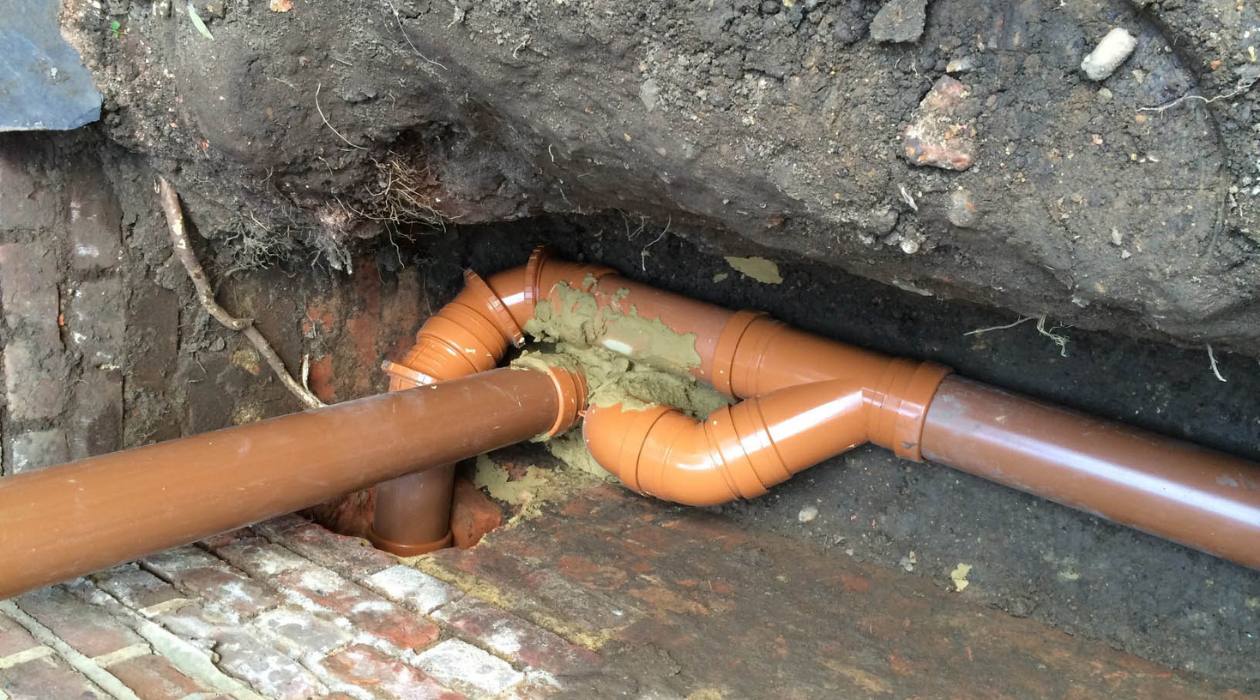
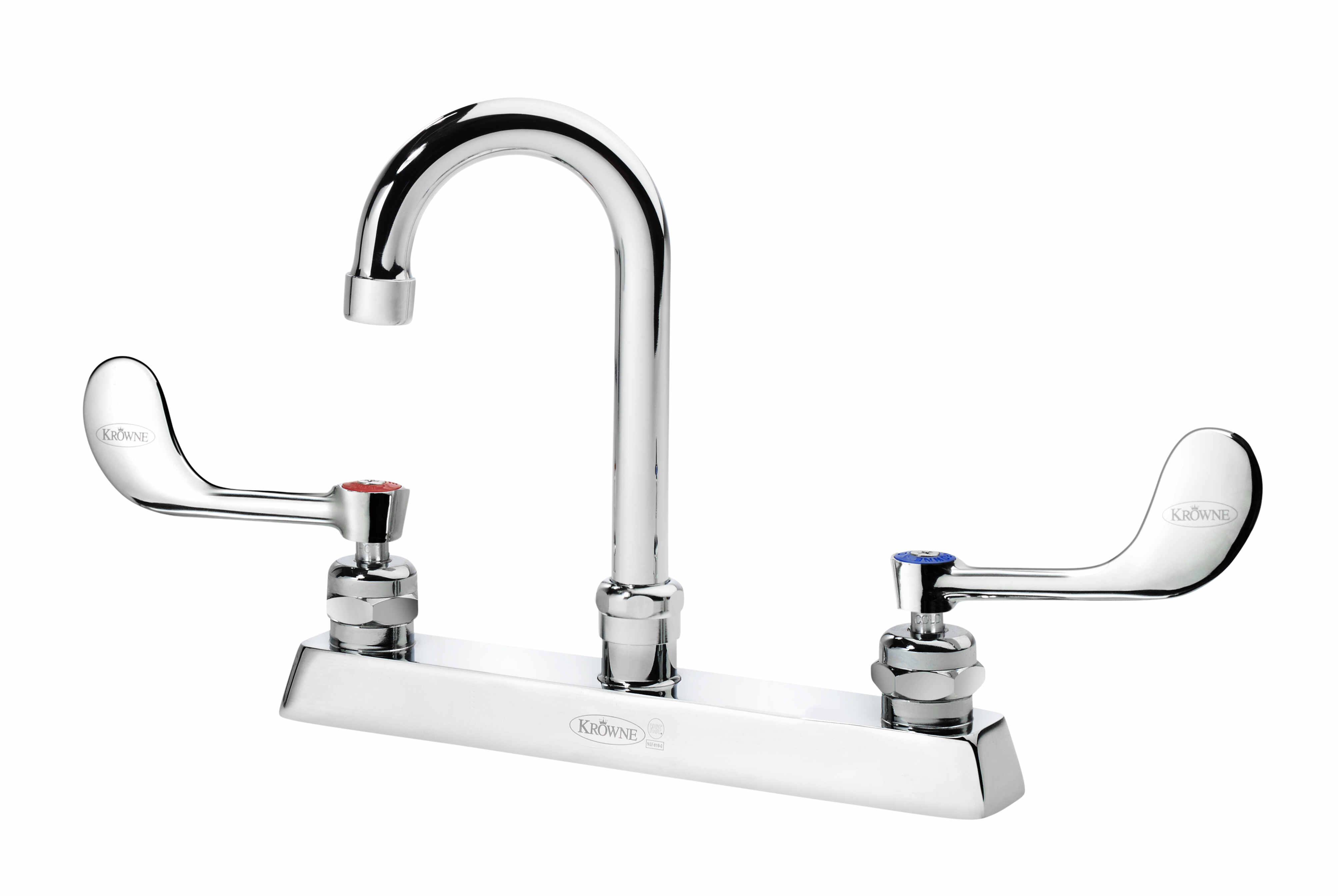
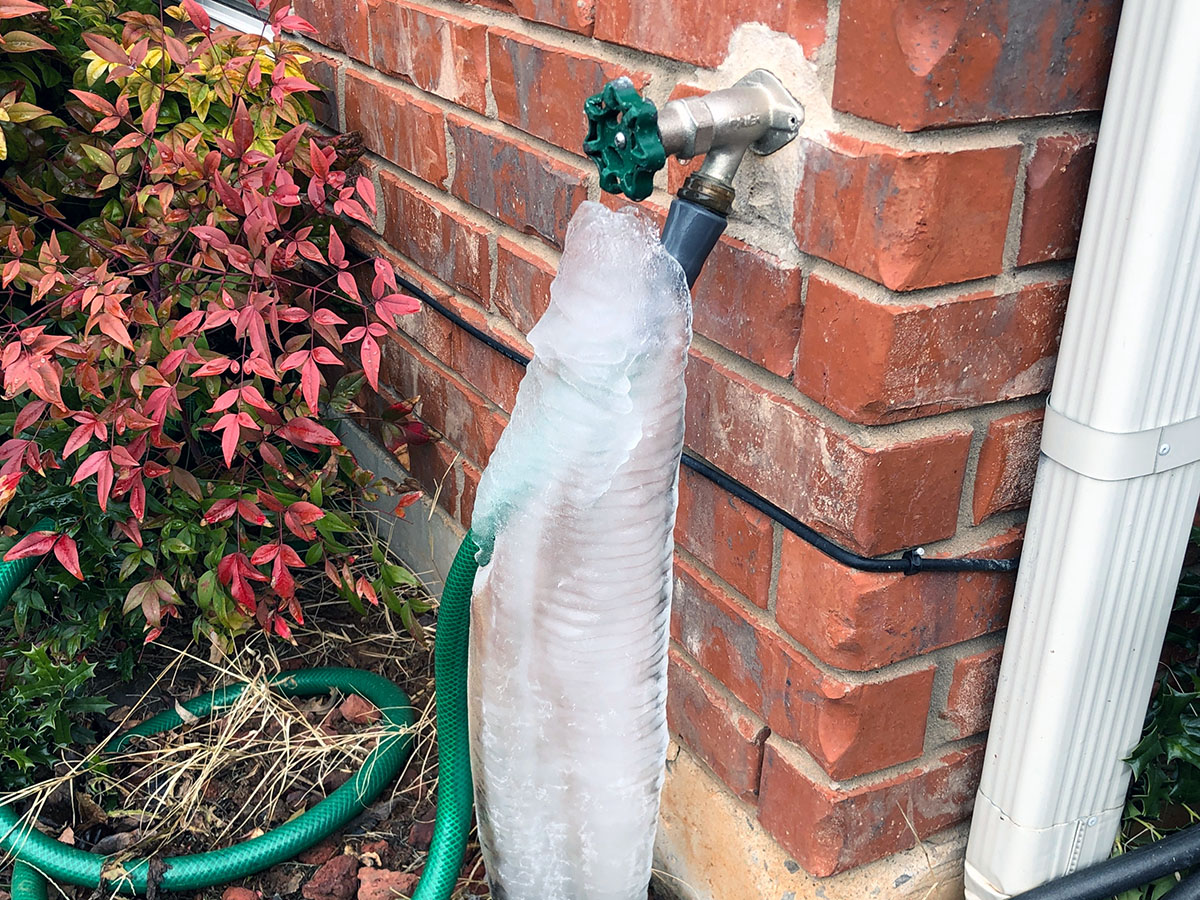
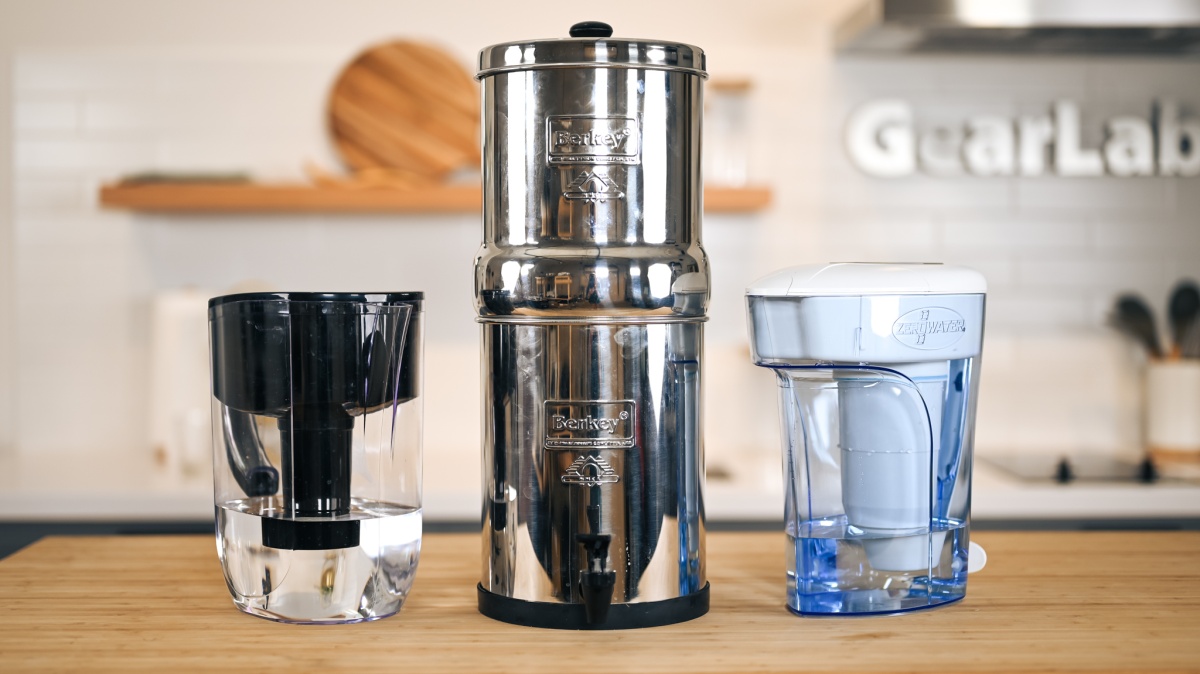
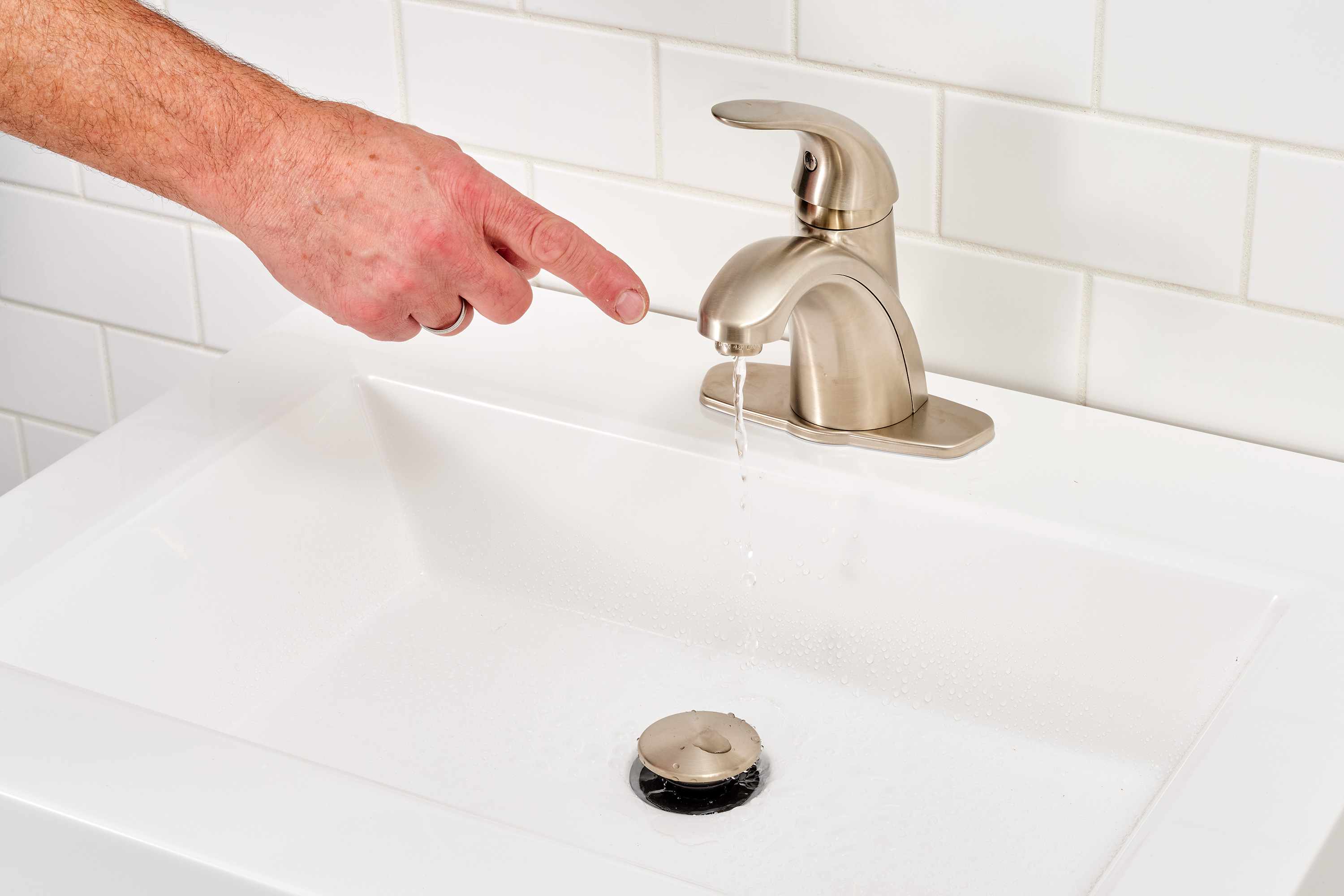
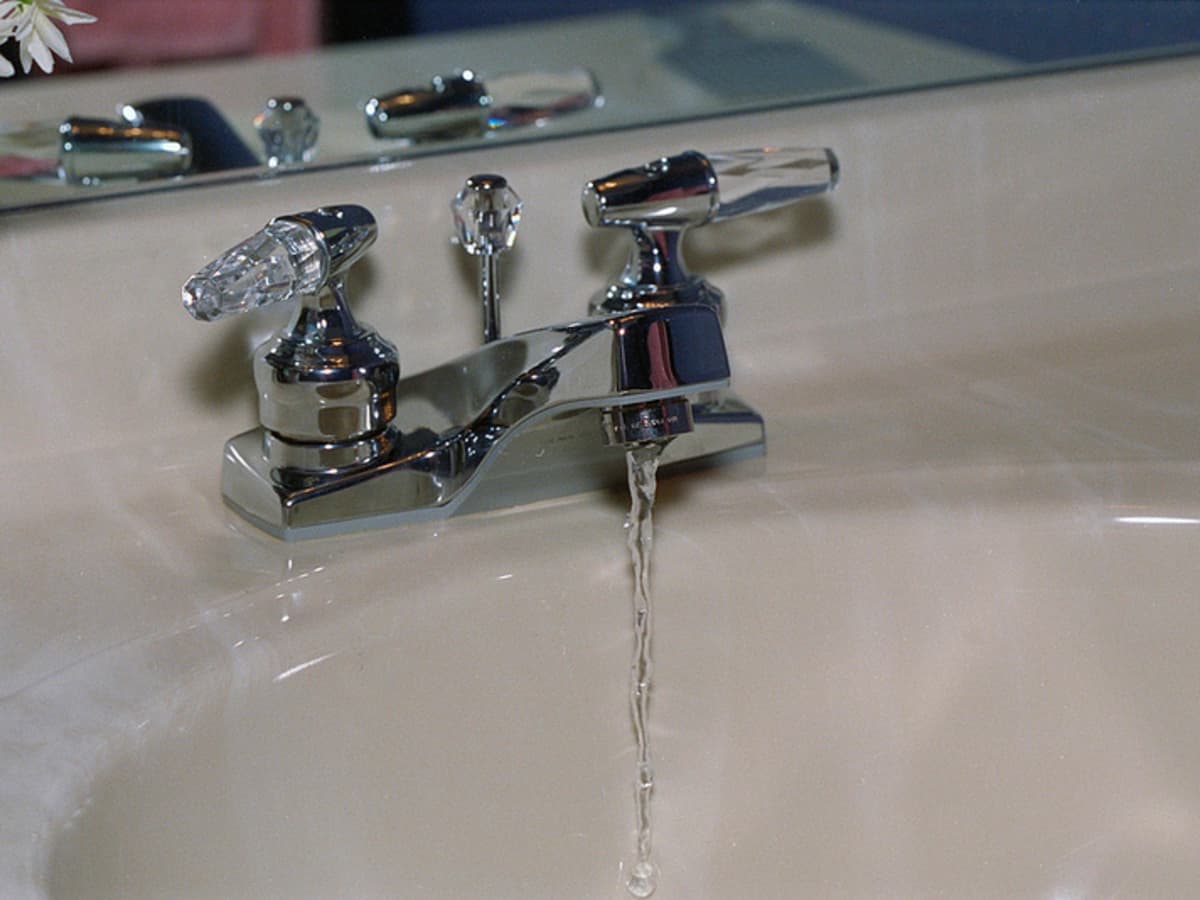
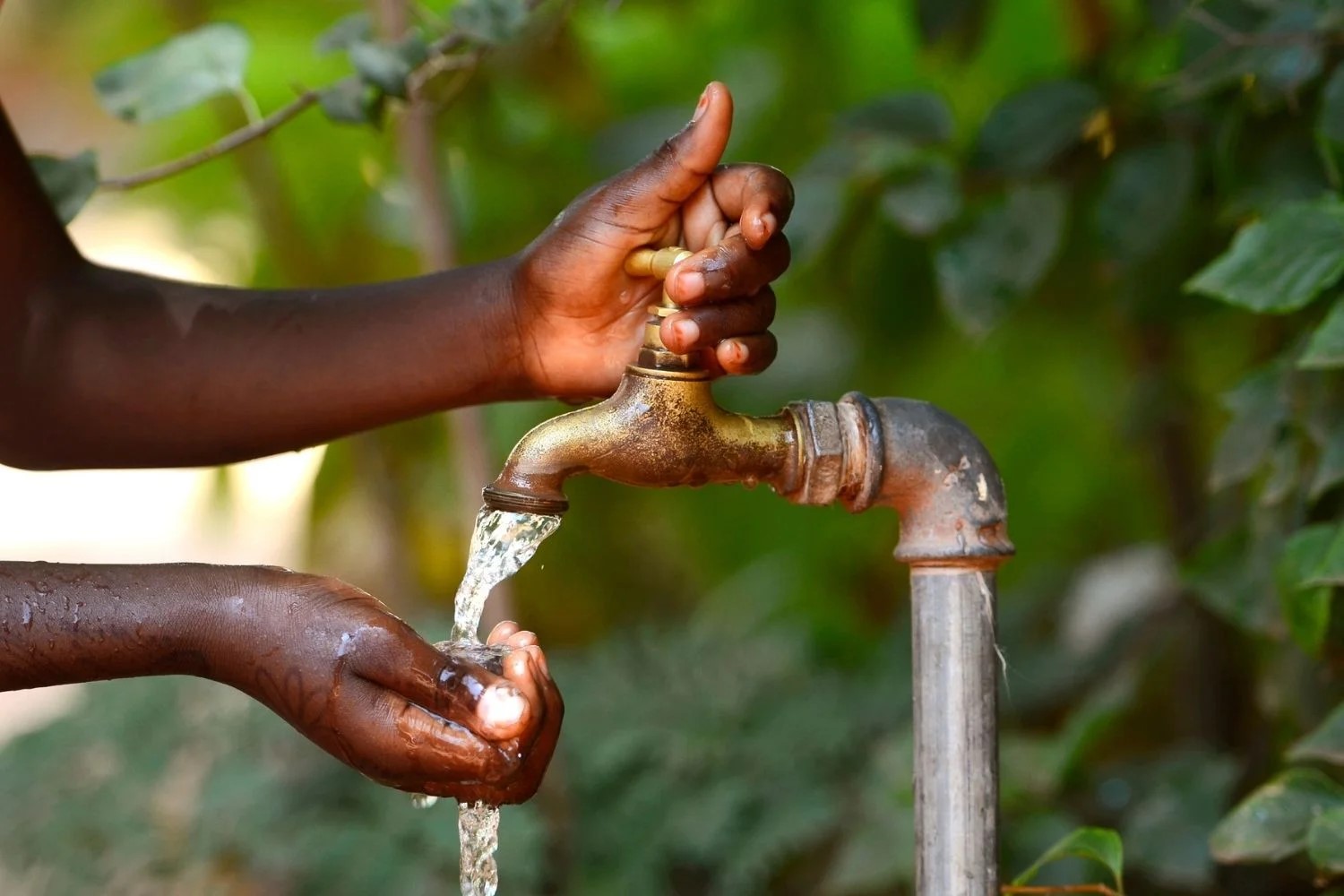

0 thoughts on “What Is Faucet”